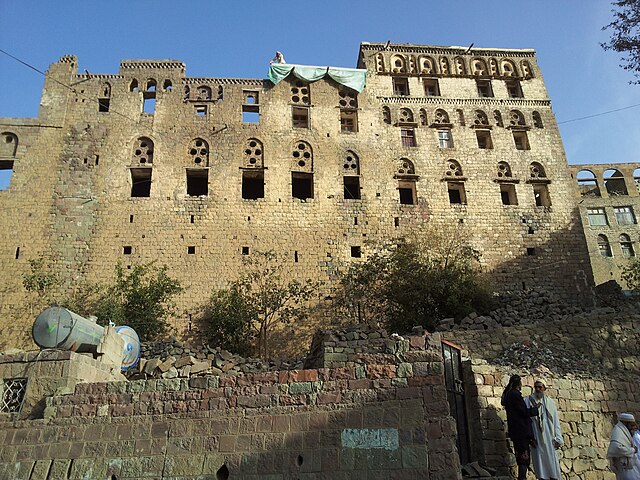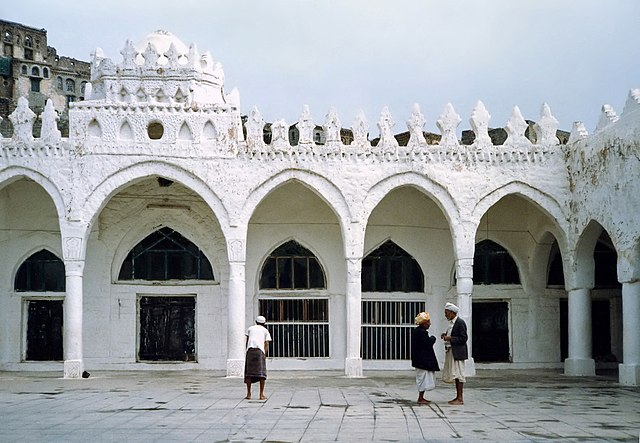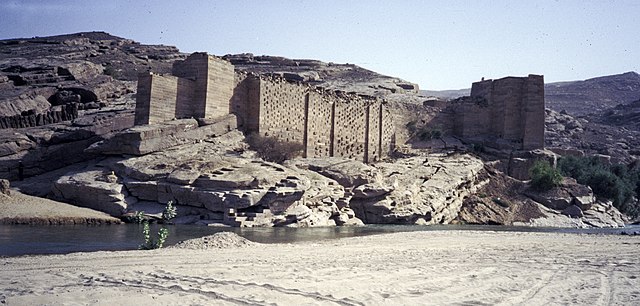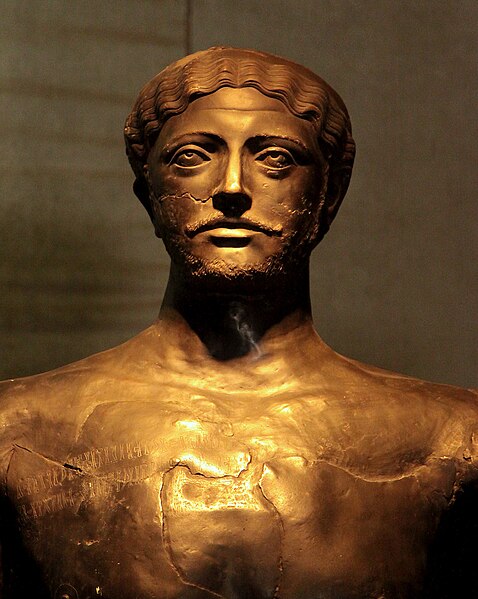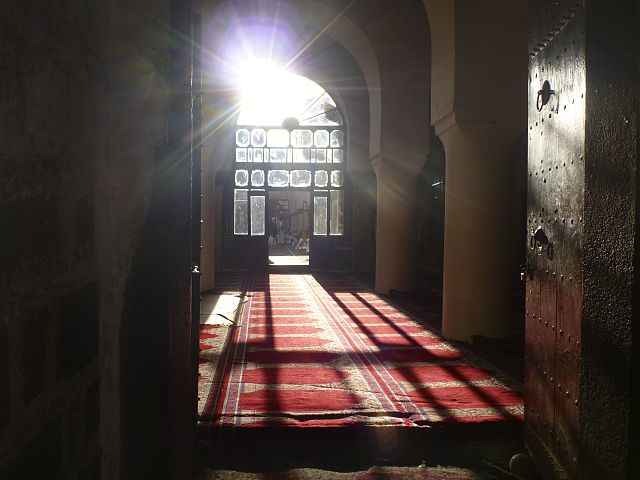Arwa al-Sulayhi, full name Arwā bint Aḥmad ibn Muḥammad ibn Jaʿfar ibn Mūsā aṣ-Ṣulayḥī (Arabic: أَرْوَى بِنْت أَحْمَد ابْن مُحَمَّد ابْن جَعْفَر ابْن مُوْسَى ٱلصُّلَيْحِي, c. 1048–1138, died 22nd Shaban, 532 AH or May 5, 1138 was a long-reigning ruler of Yemen, firstly as the co-ruler of her first two husbands and then as sole ruler, from 1067 until her death in 1138. She was the last of the rulers of the Sulayhid Dynasty and was also the first woman to be accorded the prestigious title of Hujjah in the Isma'ili branch of Shia Islam, signifying her as the closest living image of God's will in her lifetime, in the Ismaili doctrine. She is popularly referred to as As-Sayyidah Al-Ḥurrah, Al-Malikah Al-Ḥurrah (Arabic: ٱلْمَلِكَة ٱلْحُرَّة or Al-Ḥurratul-Malikah, and Malikat Sabaʾ Aṣ-Ṣaghīrah.
Mausoleum of Queen Arwa inside Queen Arwa Mosque, Jibla
Queen Arwa Al-Sulaihi Palace, front view, Jibla, Yemen
Courtyard of the Queen Arwa Mosque
Wooden Tasbih of Hurrat-ul-Malaika Arwa
Yemen, officially the Republic of Yemen, is a sovereign state in West Asia. Located in the southern Arabian Peninsula, it borders Saudi Arabia to the north, Oman to the northeast, and the Indian Ocean to the south, sharing maritime borders with Eritrea, Djibouti and Somalia across the Horn of Africa. Covering roughly 528,000 square kilometres, with a coastline of approximately 2,000 kilometres, Yemen is the second largest country on the Arabian Peninsula. Sanaa is its constitutional capital and largest city. Yemen's estimated population is 34.7 million, comprised mostly of Arab Muslims. It is a member of the Arab League, the United Nations, the Non-Aligned Movement and the Organisation of Islamic Cooperation.
Ruins of the Great Dam of Marib.
Himyarite King Dhamar'ali Yahbur II.
A Sabaean gravestone of a woman holding a stylized sheaf of wheat, a symbol of fertility in ancient Yemen.
The interior of the Great Mosque of Sana'a, the oldest mosque in Yemen


